- Home
- Machining techniques
- CNC Machining Services
- Cooperative supply services
- Designs
- Materials
- Finishing Services
- Shop
- Products
- Guide
- About Us
- Contact Us
2023.2.28
With the transformation and upgrading of China’s equipment manufacturing industry, under the dual effects of market demand and technological progress, the integrated application of industrial robots and CNC machine tools has developed rapidly in recent years, and the form of application has been expanding, which has brought new impetus to the current trend of machine tool intelligence, and will also play a beneficial role in the transformation and upgrading of China’s machine tool industry.
In view of the development status of robot development and integrated application with machine tools, how should relevant enterprises establish effective organization and liaison mechanism to strengthen communication and cooperation, and what technical specifications and standards should be established for the integrated development of the two industries, so as to fully realize resource sharing and advantage complementation, and form a joint force for industrial development!
The robot industry is ushering in a golden period of development opportunities. How to promote the integrated development of the industrial robot industry and the machine tool industry, and how to achieve the integrated application of industrial robots and CNC machine tools have become an important topic for the upgrading of the modern equipment manufacturing industry.

In the process of machine manufacturing, many positions mainly rely on the physical strength and skills of workers. The production efficiency is low, the labor intensity is high, and there is a lack of skilled technicians. It is difficult to guarantee the stability and consistency of products, prompting the machine tool industry to increasingly use industrial robots and intelligent manufacturing technology to transform the traditional process. In the past, expensive imported robots and production lines were mainly used in a small number of industries such as automobiles, and the proportion of applications in equipment manufacturing industries such as machine tool industry was low, which largely restricted the improvement of automation in the domestic machine tool industry.
The development of China’s CNC machine tool industry has entered the stage of medium-scale industrialization and high-end small-batch production, and the overall level of the industry is basically internationally competitive. As the control brain of CNC machine tools, domestic CNC system manufacturers have mastered control technologies such as five-axis linkage, small-segment interpolation, dynamic error compensation, and developed high-performance and high-power servo drive devices. Independent research and development promote technological innovation and progress, and also sprout the embryonic form of the industrial robot industry to promote industrial development.
At present, CNC system development enterprises, machine enterprises, automation application integrators, and even real estate capital giants are trying to enter the robot field, setting off a boom in investment in the robot industry. It is worrisome that the “trap benefits” brought about by excessive policy guidance, the overcapacity brought about by excessive industrial investment, and the low-end homogeneous competition brought about by the lack of innovation-driven will bring the robot industry into a disorderly development. What is worth considering is what kind of enterprise is most suitable for developing industrial robots?
How to improve the overall quality of the robot industry? In general, enterprises with the foundation of CNC system, control system, servo motor and servo control system can produce in batches have certain advantages.
Several CNC system enterprises in China have entered the industrial robot industry one after another, leading Guangzhou CNC. Since 2006, they have planned to develop the industrial robot industry, which has passed 8 years. With the accumulated experience in the production of its own controller, servo drive and servo motor products, it has completed the full independent development of industrial robot serialization, covering 3~200kg of products, including handling, machine tool loading and unloading, welding, stacking, gluing, polishing, cutting, spraying, sorting, assembly, etc.
With the rise of labor costs, the lack of skilled personnel, high-risk environmental protection, high-intensity operations and other issues highlighted, industrial robots have been widely recognized and continuously used in production and manufacturing, and become the focus of social attention. The government also takes this opportunity to promote industrial transformation and upgrading, and enterprises use it to carry out technological transformation, change production methods and improve operational efficiency. However, the number of robots in China is small, national brands are still being cultivated, and the comprehensive competitiveness needs to be improved. So, what mode will the robot industry develop forward? At this stage, there is a greater need for the coordinated development of the industrial chain of robot complete machine enterprises, robot key parts suppliers and robot integrators.
In the field of CNC machine processing application, the integration of local machine tool loading and unloading robot and CNC machine has been in the forefront of development. From the perspective of industry application level, great changes have also taken place:
(1) Work island: Single-to-single machine plus, single-to-multiple on-line machining.
(2) Flexible Manufacturing System (FMS): The flexible machining line based on network control uses the PLC control platform to connect multiple robots, multiple CNC machine tools and their auxiliary equipment through the industrial Ethernet bus, so as to conduct orderly and automatic production according to the rhythm.
(3) Digital workshop: With the aid of CAD/CAM/CAPPS/MES auxiliary production tools, logistics technology and sensing technology, it has the functions of production process monitoring, online fault real-time feedback, processing process data management, tool information management, equipment maintenance data management, product information recording, etc., to meet the requirements of unmanned processing, and realize the production planning, job coordination integration and optimized operation of the processing system.
(4) Smart factory: With the help of intelligent workshop layout and ERP information management system, it will bring innovation to the traditional production mode to the maximum extent. The database of the information management system can interface with various external information systems through the gateway, connect the workshop to the ERP system, query the workshop production status, and realize the efficient allocation of enterprise resources. With its SMS platform and email platform, it can report equipment failure, production progress and other information to the administrator in real time.
Processing and manufacturing
Robots participate in the processing and manufacturing of machine tool structural parts to realize automation. Special machine tools serve the precision processing of robot special reducers, improve the processing quality and batch production efficiency, and so on. There is a large space for integration and development. With the help of strategic cooperation between enterprises of both sides, robot enterprises can achieve the following goals by virtue of the manufacturing and technological capabilities of machine tool manufacturers:
(1) Robot-oriented body castings and reducer structural parts, jointly research and form batch precision manufacturing technology, improve robot batch production capacity and process level, overcome reliability and consistency technology, and achieve efficient, stable and precise production at a pace.
(2) For the integration ability of machine manual assembly, fixture, and machining production line, with the help of the vast number of terminal customer channel resources of major machine plants, we entrust to promote the application of robots.
(3) Research and develop industrial robots that are urgently needed for automatic and flexible production such as machine and production line blanking and parts handling, scraping, chamfering, polishing, welding, spraying (powder), etc. Machine tool enterprises and industrial robot enterprises jointly develop to realize automatic processing of machine parts and promote the technological level of machine tool production and manufacturing.
(4) The key parts of the industrial robot mechanical body, such as rotary table, boom, box, support sleeve, jib, wrist body, etc., have high requirements for dimensional accuracy and form and position tolerance, and have high requirements for machining equipment, tooling fixtures, measuring and measuring tools, etc; The structural optimization and processing of the key parts of the robot reducer, such as the cycloid gear housing, the planetary pin wheel, the eccentric shaft and the planetary carrier, are still difficult to be achieved by the domestic processing equipment, assembly technology and precision detection. However, based on the use of domestic CNC machines and tool equipment to complete relevant processing, it will help improve the design and processing level of high-end precision mechanical parts in China, and promote the application and development of domestic CNC devices and domestic CNC machines.
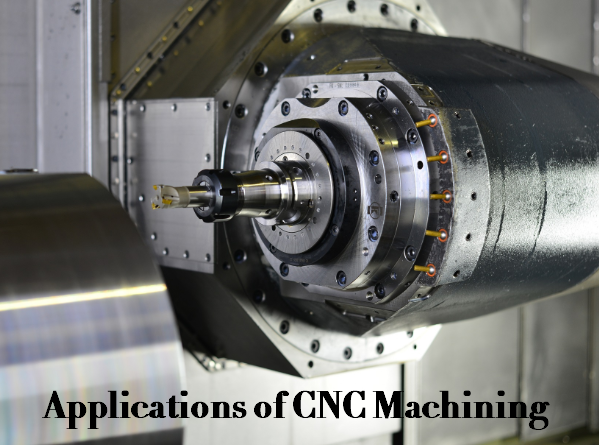 Applications of CNC Machining – What is CNC Machining Used for | CNCLATHING
Applications of CNC Machining – What is CNC Machining Used for | CNCLATHING
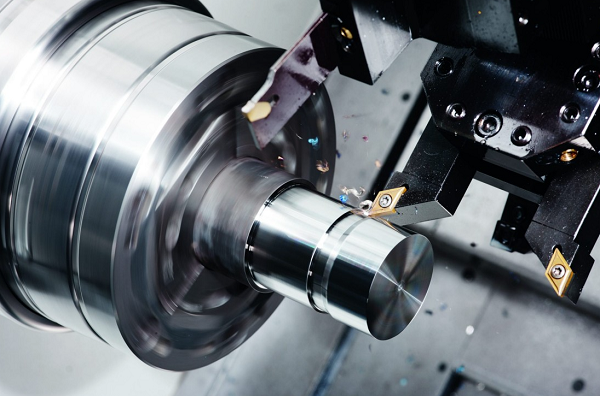 Application Analysis of CNC Machining in Mechanical Engineering Technology | CNCLATHING
Application Analysis of CNC Machining in Mechanical Engineering Technology | CNCLATHING
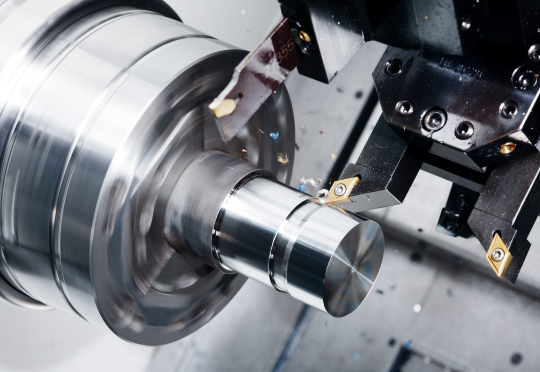 What Are The Advantages & Characteristics Of CNC Machining | CNCLATHING
What Are The Advantages & Characteristics Of CNC Machining | CNCLATHING
 Spring Material Types (Properties, Grades, Uses) & Best Selection for Your Project
Spring Material Types (Properties, Grades, Uses) & Best Selection for Your Project
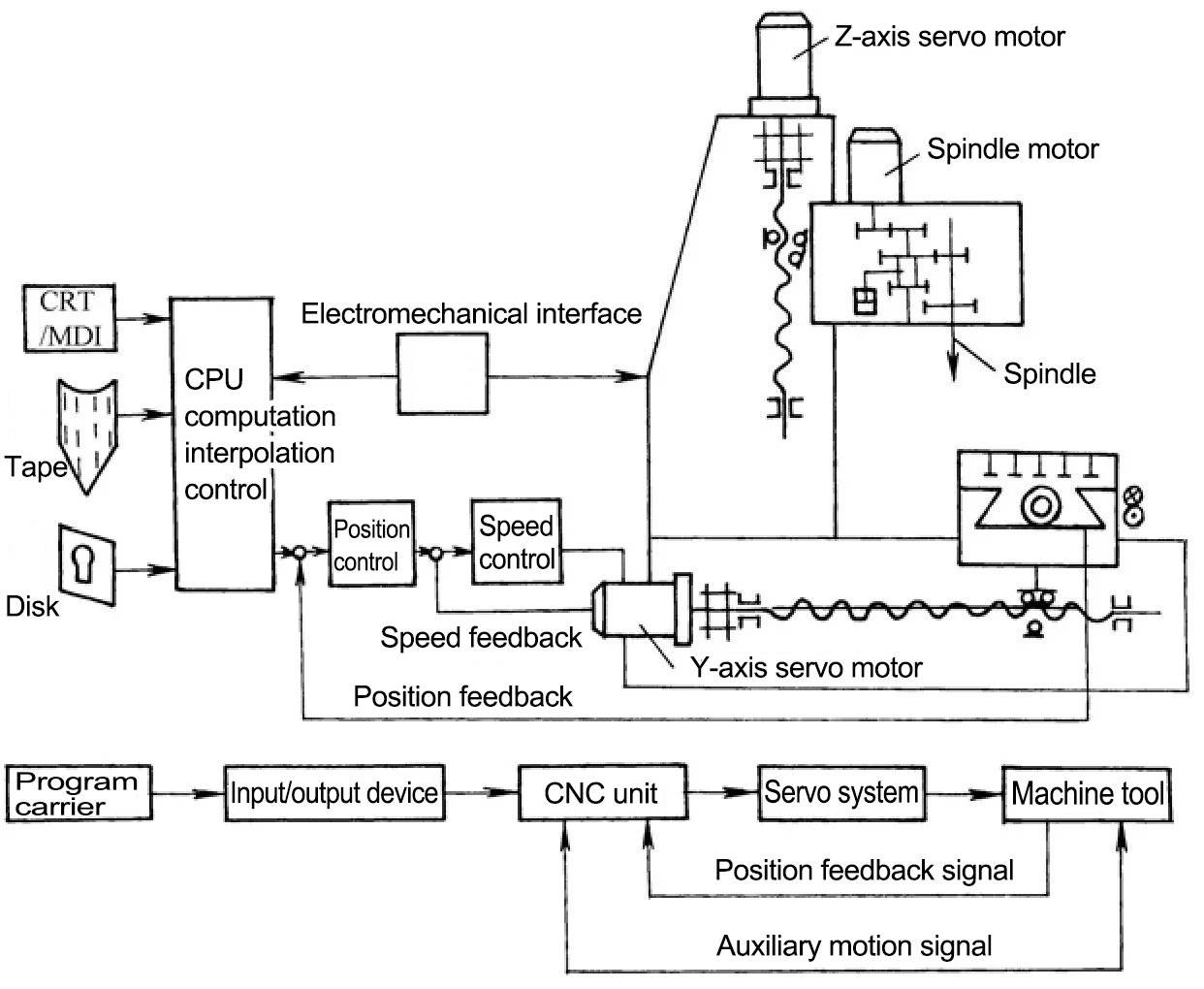 CNC Machine Block Diagram: Systems & Components (Parts) of CNC Machine
CNC Machine Block Diagram: Systems & Components (Parts) of CNC Machine
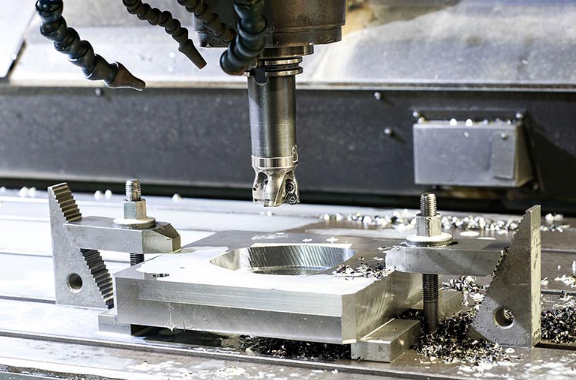 What Are The Most Basic Machining Methods In The Machinery Manufacturing Industry
What Are The Most Basic Machining Methods In The Machinery Manufacturing Industry
